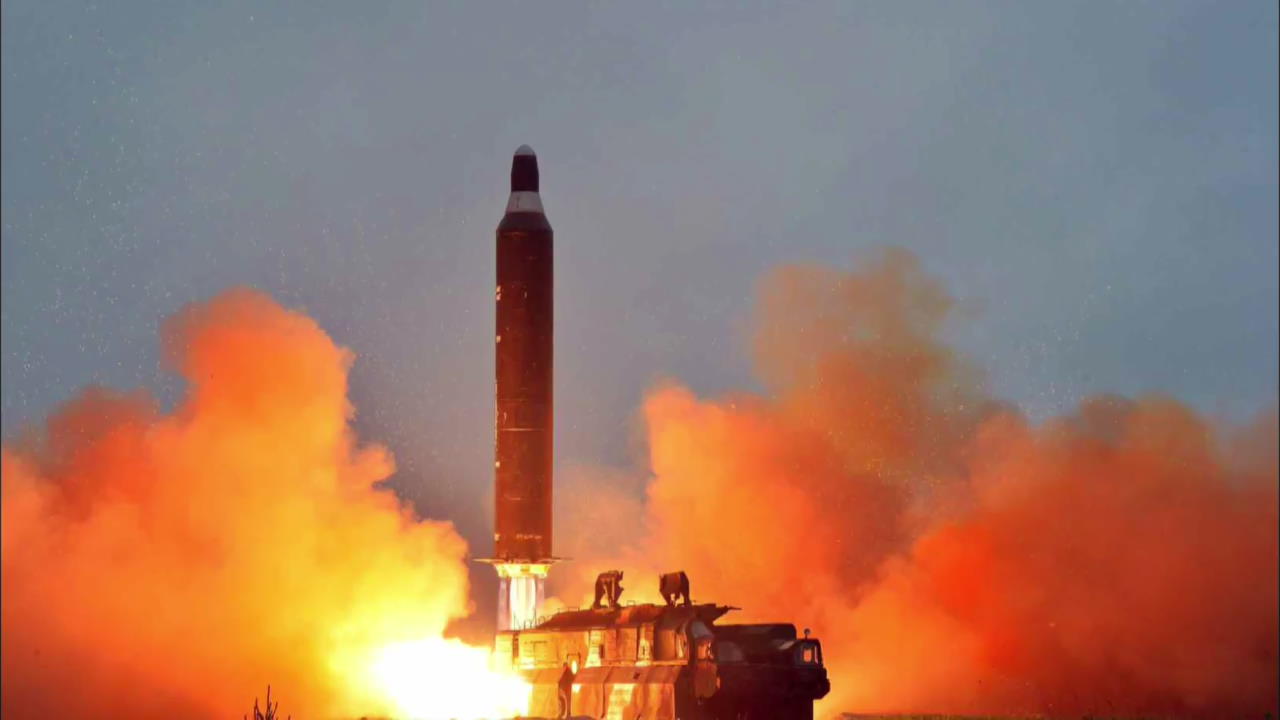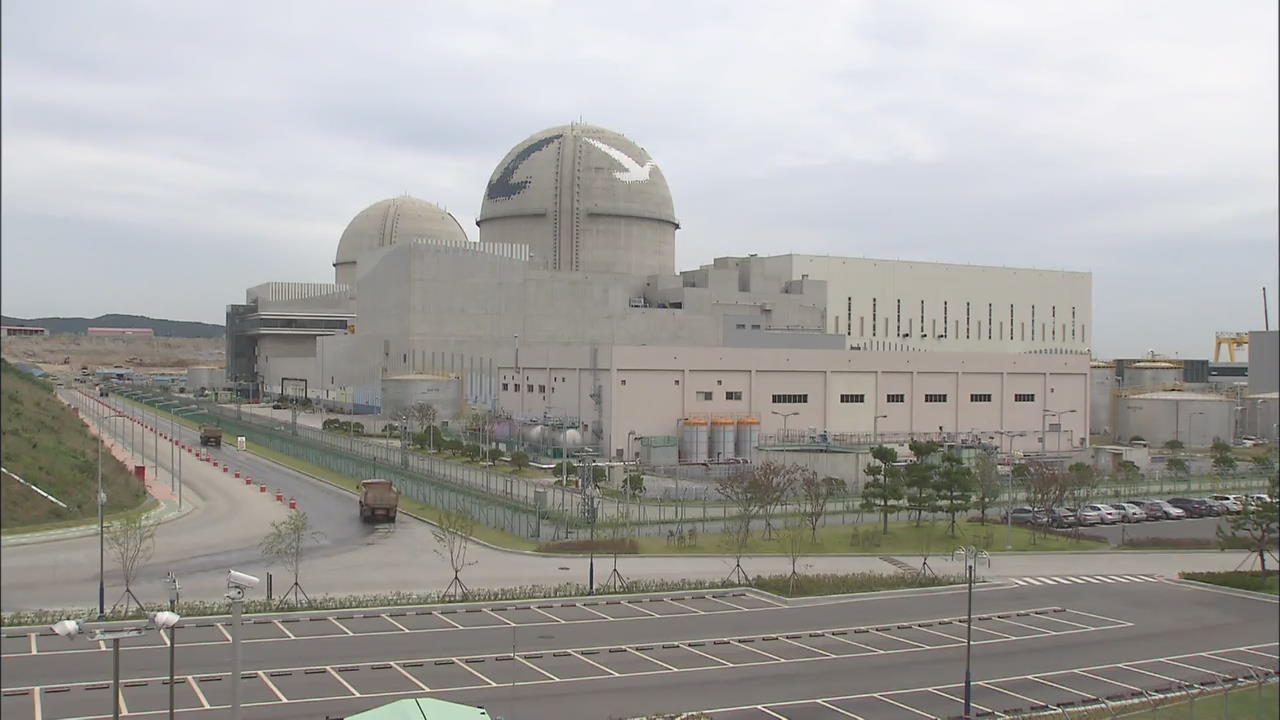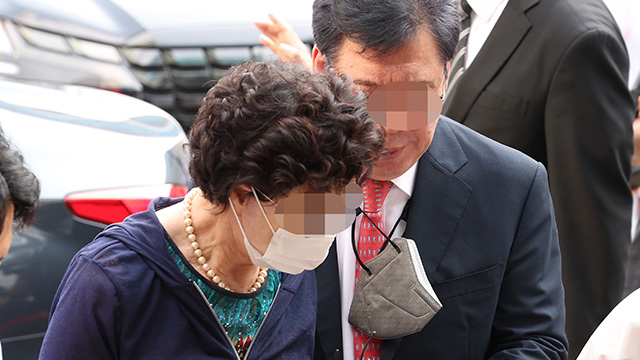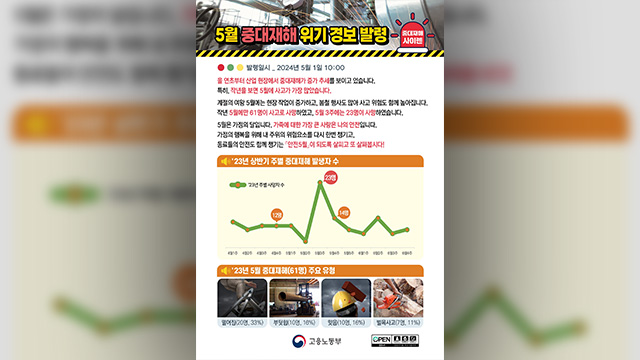Missile Response
입력 2016.06.24 (14:18)
수정 2016.06.24 (14:26)
읽어주기 기능은 크롬기반의
브라우저에서만 사용하실 수 있습니다.
[Anchor Lead]
North Korea's missile threat is growing ever more sophisticated as demonstrated in the recent Musudan missile launches. We take a look at the South Korean military's response strategies.
[Pkg]
Should North Korea fire a ballistic missile toward the South, the South Korean military will immediately strike it down. With the military's existing Patriot missiles, interception is possible only up to an altitude of 20 kilometers. However, the U.S. Forces Korea possess an advanced version of the Patriot missile that can reach targets at altitudes up to 40 kilometers. USFK deployment of the Terminal High Altitude Area Defense or THAAD system would further allow missile interception at altitudes as high as 150 kilometers. The South Korean military is aiming to develop mid to long range ground-to-air missiles by the mid-2020s to replace the USFK's modified Patriot missiles and the THAAD system, and to build its own domestic missile defense system. A domestic medium range ground to air missile has already undergone successful ballistic missile interception tests back in February. In a meeting of military commanders of the combined armed forces held Thursday, participants assessed the nation's missile defense capacity and discussed future tasks.
[Soundbite] Han Min-koo(Minister of Nat'l Defense) : "Seoul must maintain steadfast defense readiness for stern response to prevent North Korea from even considering provocation."
Some pundits say that development of a Korea-specific domestic missile defense system should be accelerated amid the advancing nuclear and missile capabilities of North Korea.
North Korea's missile threat is growing ever more sophisticated as demonstrated in the recent Musudan missile launches. We take a look at the South Korean military's response strategies.
[Pkg]
Should North Korea fire a ballistic missile toward the South, the South Korean military will immediately strike it down. With the military's existing Patriot missiles, interception is possible only up to an altitude of 20 kilometers. However, the U.S. Forces Korea possess an advanced version of the Patriot missile that can reach targets at altitudes up to 40 kilometers. USFK deployment of the Terminal High Altitude Area Defense or THAAD system would further allow missile interception at altitudes as high as 150 kilometers. The South Korean military is aiming to develop mid to long range ground-to-air missiles by the mid-2020s to replace the USFK's modified Patriot missiles and the THAAD system, and to build its own domestic missile defense system. A domestic medium range ground to air missile has already undergone successful ballistic missile interception tests back in February. In a meeting of military commanders of the combined armed forces held Thursday, participants assessed the nation's missile defense capacity and discussed future tasks.
[Soundbite] Han Min-koo(Minister of Nat'l Defense) : "Seoul must maintain steadfast defense readiness for stern response to prevent North Korea from even considering provocation."
Some pundits say that development of a Korea-specific domestic missile defense system should be accelerated amid the advancing nuclear and missile capabilities of North Korea.
■ 제보하기
▷ 카카오톡 : 'KBS제보' 검색, 채널 추가
▷ 전화 : 02-781-1234, 4444
▷ 이메일 : kbs1234@kbs.co.kr
▷ 유튜브, 네이버, 카카오에서도 KBS뉴스를 구독해주세요!
- Missile Response
-
- 입력 2016-06-24 14:24:27
- 수정2016-06-24 14:26:16

[Anchor Lead]
North Korea's missile threat is growing ever more sophisticated as demonstrated in the recent Musudan missile launches. We take a look at the South Korean military's response strategies.
[Pkg]
Should North Korea fire a ballistic missile toward the South, the South Korean military will immediately strike it down. With the military's existing Patriot missiles, interception is possible only up to an altitude of 20 kilometers. However, the U.S. Forces Korea possess an advanced version of the Patriot missile that can reach targets at altitudes up to 40 kilometers. USFK deployment of the Terminal High Altitude Area Defense or THAAD system would further allow missile interception at altitudes as high as 150 kilometers. The South Korean military is aiming to develop mid to long range ground-to-air missiles by the mid-2020s to replace the USFK's modified Patriot missiles and the THAAD system, and to build its own domestic missile defense system. A domestic medium range ground to air missile has already undergone successful ballistic missile interception tests back in February. In a meeting of military commanders of the combined armed forces held Thursday, participants assessed the nation's missile defense capacity and discussed future tasks.
[Soundbite] Han Min-koo(Minister of Nat'l Defense) : "Seoul must maintain steadfast defense readiness for stern response to prevent North Korea from even considering provocation."
Some pundits say that development of a Korea-specific domestic missile defense system should be accelerated amid the advancing nuclear and missile capabilities of North Korea.
North Korea's missile threat is growing ever more sophisticated as demonstrated in the recent Musudan missile launches. We take a look at the South Korean military's response strategies.
[Pkg]
Should North Korea fire a ballistic missile toward the South, the South Korean military will immediately strike it down. With the military's existing Patriot missiles, interception is possible only up to an altitude of 20 kilometers. However, the U.S. Forces Korea possess an advanced version of the Patriot missile that can reach targets at altitudes up to 40 kilometers. USFK deployment of the Terminal High Altitude Area Defense or THAAD system would further allow missile interception at altitudes as high as 150 kilometers. The South Korean military is aiming to develop mid to long range ground-to-air missiles by the mid-2020s to replace the USFK's modified Patriot missiles and the THAAD system, and to build its own domestic missile defense system. A domestic medium range ground to air missile has already undergone successful ballistic missile interception tests back in February. In a meeting of military commanders of the combined armed forces held Thursday, participants assessed the nation's missile defense capacity and discussed future tasks.
[Soundbite] Han Min-koo(Minister of Nat'l Defense) : "Seoul must maintain steadfast defense readiness for stern response to prevent North Korea from even considering provocation."
Some pundits say that development of a Korea-specific domestic missile defense system should be accelerated amid the advancing nuclear and missile capabilities of North Korea.
이 기사가 좋으셨다면
-
좋아요
0
-
응원해요
0
-
후속 원해요
0

















이 기사에 대한 의견을 남겨주세요.